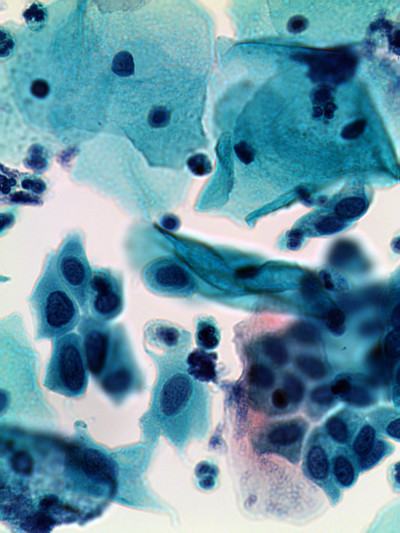Laboratory Services
Immunoglobulin, IgM
Print this pageUpdated Test Information:
| Test Description |
Immunoglobulin, IgM
|
|||||||||||||||||||
|---|---|---|---|---|---|---|---|---|---|---|---|---|---|---|---|---|---|---|---|---|
| Synonym(s) |
IgM Immunoglobulin
|
|||||||||||||||||||
| Test ID |
IGM
|
|||||||||||||||||||
| Performing Lab |
Incyte Diagnostics
|
|||||||||||||||||||
| General Information |
IgM is the first specific antibody to appear in the serum after infection. It is capable of activating complement, thus helping to kill bacteria. After the infection has subsided, IgM levels sink at a relatively rapid rate compared to IgG. This fact is used in the differential diagnosis of acute and chronic infections by comparing specific IgM and IgG titers. If IgM is prevalent the infection is acute, whereas if IgG predominates the infection is chronic
|
|||||||||||||||||||
| Specimen Type |
Serum
|
|||||||||||||||||||
| Specimen Requirements |
SST
|
|||||||||||||||||||
| Alternate Specimen Type |
Red, Li-heparin plasma, K2EDTA
|
|||||||||||||||||||
| Specimen Collection / Processing Instructions |
SST - Separate serum or plasma from cells within 45 minutes of collection. If a red-top tube or green-top tube is used, transfer separated serum or plasma to a plastic transport tube.
|
|||||||||||||||||||
| Minimum Sample Volume |
1 mL
|
|||||||||||||||||||
| Pediatric Min. Volume (if applicable) |
500 uL
|
|||||||||||||||||||
| Additional Processing Details |
Separate serum or plasma from cells within 45 minutes of collection. If a red-top tube or green-top tube is used, transfer separated serum or plasma to a plastic transport tube.
|
|||||||||||||||||||
| Stability |
2 months at 15‑25 °C
4 months at 2‑8 °C 6 months at (-15)‑(-25) °C |
|||||||||||||||||||
| Limitations |
This test may not provide accurate results in patients with monoclonal gammopathy, due to individual sample characteristics which can be assessed by electrophoresis.
|
|||||||||||||||||||
| Methodology |
Immunoturbidimetric
|
|||||||||||||||||||
| Estimated TAT |
0-2 days
|
|||||||||||||||||||
| Testing Schedule |
Monday-Saturday
|
|||||||||||||||||||
| CPT Code(s) |
82784
|
|||||||||||||||||||
| Reference Range |
|
|||||||||||||||||||
| LOINC Code(s) |
2472-9
|
